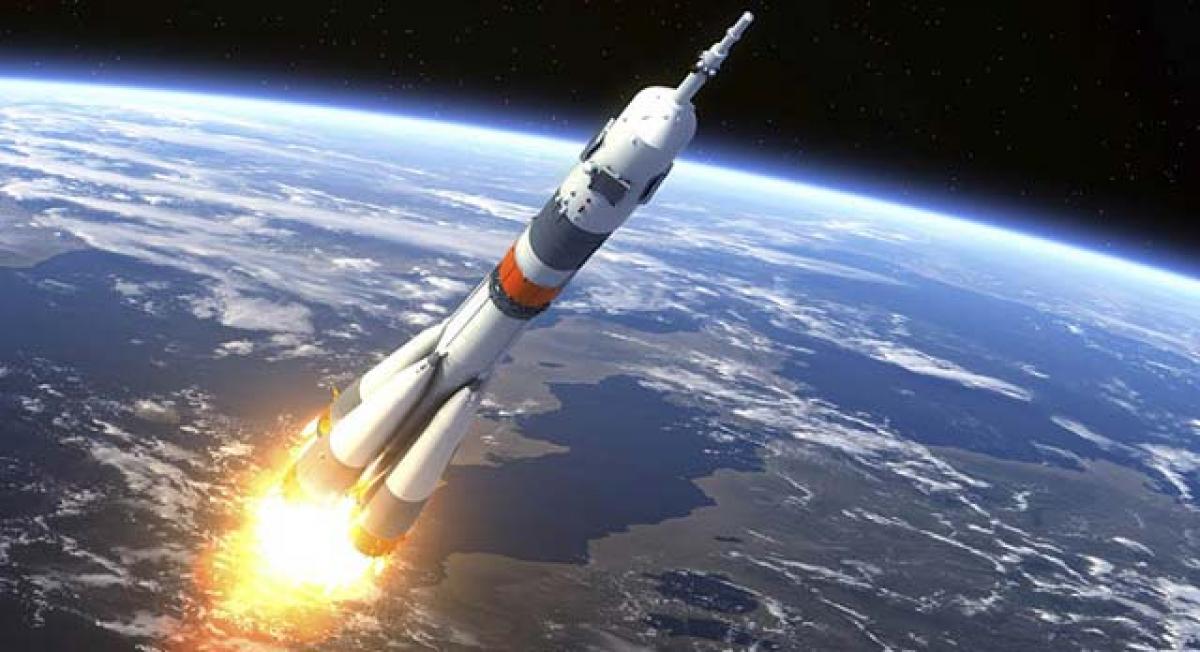Live
- AP Chambers to organise 3-day Business Expo-2024
- Gold rates in Delhi today surged, check the rates on 15 November, 2024
- Collector Prasanthi emphasises transparency in sand supply
- Don’t be fooled by brokers, MLA advises farmers
- Gold rates in Visakhapatnam today surges, check the rates on 15 November, 2024
- Tirupati: Student commits suicide
- Lenovo launches high-end tablet K11
- Tirupati: Two women die in accident
- Vaishnaoi launches new realty project
- Strive to bag national level Swachh Survekshan award
Just In

A Multilateral Export Control Regime (MECR) is an international body that states use to organize their national export control systems.
A Multilateral Export Control Regime (MECR) is an international body that states use to organize their national export control systems. There are currently four such regimes: The Wassenaar Arrangement on Export Controls for Conventional Arms and Dual-Use Goods and Technologies; the Nuclear Suppliers Group (NSG), for the control of nuclear related technology; and the Missile Technology Control Regime for the control of rockets and other aerial vehicles capable of delivering weapons of mass destruction
Admission requires states to: Be a producer or exporter of arms or sensitive industrial equipment; Maintain non-proliferation policies and appropriate national policies, including adherence to: Non-proliferation policies, such as (where applicable) the Nuclear Suppliers Group, the Missile Technology Control Regime, and the Australia Group; Nuclear Non-Proliferation Treaty, the Biological Weapons Convention, the Chemical Weapons Convention and, where applicable, START I (including the Lisbon Protocol); and Maintain fully effective export controls
The Wassenaar Arrangement (full name: The Wassenaar Arrangement on Export Controls for Conventional Arms and Dual-Use Goods and Technologies) is amultilateral export control regime (MECR) with 41 participating states including many former COMECON (Warsaw Pact) countries.
The Wassenaar Arrangement was established to contribute to regional and international security and stability by promoting transparency and greater responsibility in transfers of conventional arms and dual-use goods and technologies, thus preventing destabilizing accumulations.
Participating States seek, through their national policies, to ensure that transfers of these items do not contribute to the development or enhancement of military capabilities which undermine these goals, and are not diverted to support such capabilities. It is the successor to the Cold War-era Coordinating Committee for Multilateral Export Controls (COCOM), and was established on 12 July 1996, in Wassenaar, the Netherlands, which is near The Hague.
The Wassenaar Arrangement is considerably less strict than COCOM, focusing primarily on the transparency of national export control regimes and not granting veto power to individual members over organizational decisions. A Secretariat for administering the agreement is located in Vienna, Austria. Like COCOM, however, it is not a treaty, and therefore is not legally binding.
Every six months member countries exchange information on deliveries of conventional arms to non-Wassenaar members that fall under eight broad weapons categories: battle tanks, armored combat vehicles (ACVs), large-caliber artillery, military aircraft, military helicopters, warships, missiles or missile systems, and small arms and light weapons.

© 2024 Hyderabad Media House Limited/The Hans India. All rights reserved. Powered by hocalwire.com







